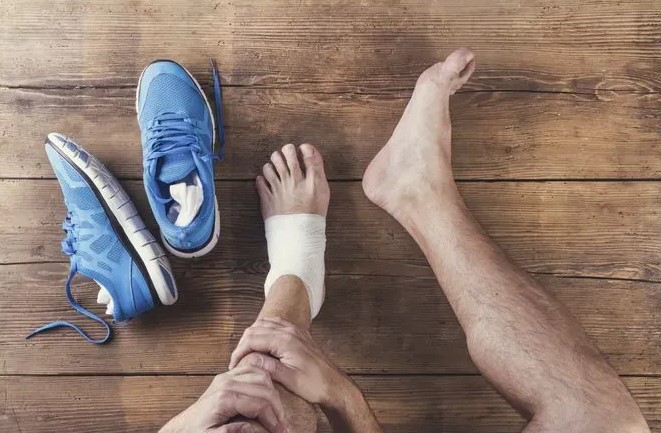
Supination of the foot is a condition in which the foot rolls outward when walking or running. It is a common problem that can lead to pain and injury if not managed properly. Treatment for supination of the foot typically involves a combination of stretching, strengthening, and orthotics. With the right treatment plan, individuals can reduce their risk of injury and improve their overall foot health. This article will discuss the causes of supination, the symptoms associated with it, and the various treatment options available.
How to Identify and Treat Supination of the Foot: A Guide for Patients
Supination of the foot is a condition in which the foot rolls outward when walking or running. It can cause pain and discomfort, as well as increase the risk of injury. It is important to identify and treat supination of the foot in order to maintain healthy feet and prevent further injury.
Identifying Supination of the Foot
Supination of the foot can be identified by looking for certain signs and symptoms. These include:
• Pain in the outside of the foot or ankle
• Swelling in the outside of the foot or ankle
• Uneven wear on the soles of shoes
• Difficulty walking or running
• A feeling of instability when standing or walking
Treating Supination of the Foot
Once supination of the foot has been identified, it is important to seek treatment in order to prevent further injury. Treatment may include:
• Resting the foot: Avoid activities that cause pain or discomfort.
• Ice: Apply ice to the affected area for 15-20 minutes at a time, several times a day.
• Compression: Wear a compression bandage or wrap to reduce swelling.
• Stretching: Perform stretching exercises to help strengthen the muscles and ligaments in the foot.
• Orthotics: Wear orthotic devices such as insoles or arch supports to help support the foot and reduce pain.
• Medication: Take over-the-counter pain relievers such as ibuprofen or acetaminophen to reduce pain and inflammation.
It is important to consult with a doctor or physical therapist before beginning any treatment for supination of the foot. They can provide guidance on the best course of action for your individual situation.
Conclusion
Supination of the foot can cause pain and discomfort, as well as increase the risk of injury. It is important to identify and treat supination of the foot in order to maintain healthy feet and prevent further injury. Treatment may include rest, ice, compression, stretching, orthotics, and medication. It is important to consult with a doctor or physical therapist before beginning any treatment for supination of the foot.
Understanding the Causes and Treatments of Supination of the Foot: A Comprehensive Overview
Supination of the foot is a condition in which the foot rolls outward when walking or running, causing the weight of the body to be placed on the outside of the foot. This can lead to a variety of issues, including pain, instability, and an increased risk of injury. Understanding the causes and treatments of supination of the foot is essential for those who suffer from this condition.
Causes of Supination
Supination of the foot can be caused by a variety of factors, including structural abnormalities, muscle imbalances, and overuse. Structural abnormalities, such as flat feet or high arches, can cause the foot to roll outward when walking or running. Muscle imbalances, such as weak muscles in the calf or tight muscles in the hip, can also cause the foot to roll outward. Overuse, such as running on hard surfaces or wearing improper footwear, can also lead to supination.
Treatments for Supination
Treatment for supination of the foot depends on the underlying cause. For structural abnormalities, orthotics or arch supports may be used to help support the foot and reduce the amount of outward rolling. For muscle imbalances, stretching and strengthening exercises can help to correct the imbalance and reduce the amount of outward rolling. For overuse, rest and proper footwear can help to reduce the amount of outward rolling.
In addition to these treatments, it is important to wear supportive shoes that provide adequate cushioning and arch support. It is also important to avoid running on hard surfaces and to take regular breaks from physical activity.
Conclusion
Supination of the foot can be a painful and debilitating condition. Understanding the causes and treatments of supination is essential for those who suffer from this condition. Structural abnormalities, muscle imbalances, and overuse can all lead to supination. Treatment for supination depends on the underlying cause and may include orthotics, stretching and strengthening exercises, rest, and supportive footwear. With the right treatment, those who suffer from supination can reduce their pain and improve their overall quality of life.
Conclusion
Supination of the foot is a common issue that can cause a variety of problems, including pain, instability, and difficulty walking. Fortunately, there are a variety of treatments available to help manage the issues associated with underpronation. These treatments include stretching and strengthening exercises, orthotics, and footwear modifications. With the right combination of treatments, individuals can reduce their symptoms and improve their overall foot health.